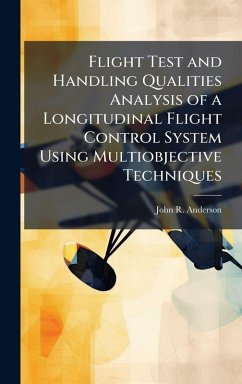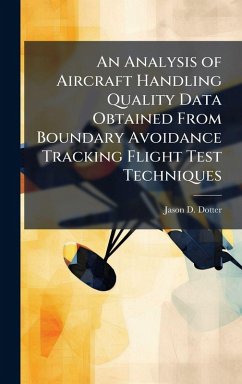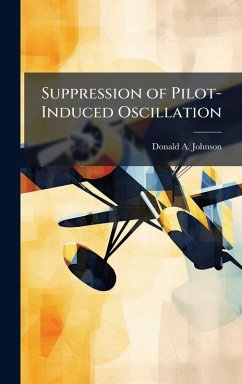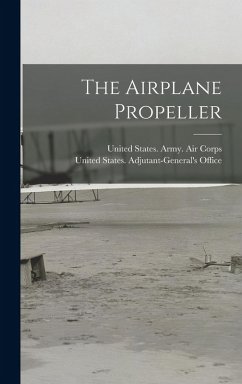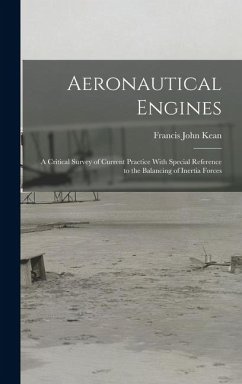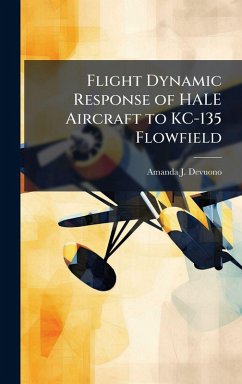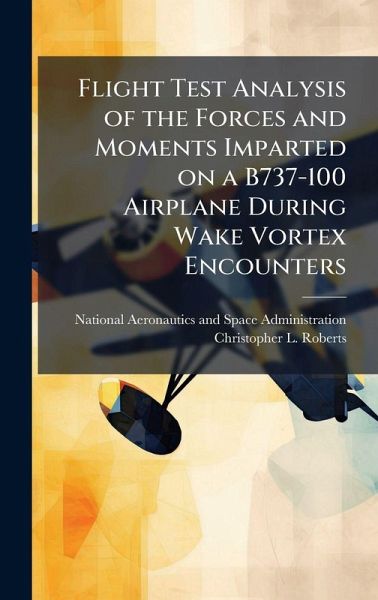
Flight Test Analysis of the Forces and Moments Imparted on a B737-100 Airplane During Wake Vortex Encounters
Versandkostenfrei!
Versandfertig in über 4 Wochen
28,99 €
inkl. MwSt.
Weitere Ausgaben:

PAYBACK Punkte
14 °P sammeln!
Aircraft travel has become a major form of transportation. Several of our major airports are operating near their capacity limit, increasing congestion and delays for travelers. As a result, the National Aeronautics and Space Administration (NASA) has been working in conjunction with the Federal Aviation Administration (FAA), airline operators, and the airline industry to increase airport capacity without sacrificing public safety. One solution to the problem is to increase the number of airports and build new. runways; yet, this solution is becoming increasingly difficult due to limited space...
Aircraft travel has become a major form of transportation. Several of our major airports are operating near their capacity limit, increasing congestion and delays for travelers. As a result, the National Aeronautics and Space Administration (NASA) has been working in conjunction with the Federal Aviation Administration (FAA), airline operators, and the airline industry to increase airport capacity without sacrificing public safety. One solution to the problem is to increase the number of airports and build new. runways; yet, this solution is becoming increasingly difficult due to limited space. A better solution is to increase the production per runway. This solution increases the possibility that one aircraft will encounter the trailing wake of another aircraft. Hazardous wake vortex encounters occur when an aircraft encounters the wake produced by a heavier aircraft. This heavy-load aircraft produces high-intensity wake turbulence that redistributes the aerodynamic loads of trailing smaller aircraft. This situation is particularly hazardous for smaller aircraft during takeoffs and landings. In order to gain a better understanding of the wake-vortex/aircraft encounter phenomena, NASA Langley Research Center conducted a series of flight tests from 1995 through 1997. These tests were designed to gather data for the development a wake encounter and wake-measurement data set with the accompanying atmospheric state information. This data set is being compiled into a database that can be used by wake vortex researchers to compare with experimental and computational results. The purpose of this research is to derive and implement a procedure for calculating the wake-vortex/aircraft interaction portion of that database by using the data recorded during those flight tests. There were three objectives to this research. Initially, the wake-induced forces and moments from each flight were analyzed based on varying flap deflection angles. This work has been selected by scholars as being culturally important, and is part of the knowledge base of civilization as we know it. This work was reproduced from the original artifact, and remains as true to the original work as possible. Therefore, you will see the original copyright references, library stamps (as most of these works have been housed in our most important libraries around the world), and other notations in the work. This work is in the public domain in the United States of America, and possibly other nations. Within the United States, you may freely copy and distribute this work, as no entity (individual or corporate) has a copyright on the body of the work. As a reproduction of a historical artifact, this work may contain missing or blurred pages, poor pictures, errant marks, etc. Scholars believe, and we concur, that this work is important enough to be preserved, reproduced, and made generally available to the public. We appreciate your support of the preservation process, and thank you for being an important part of keeping this knowledge alive and relevant.



